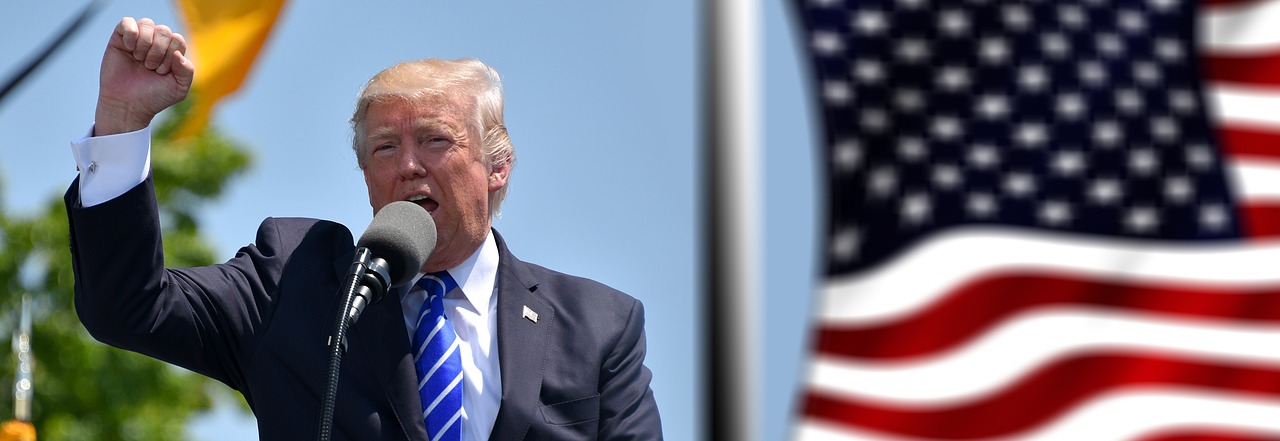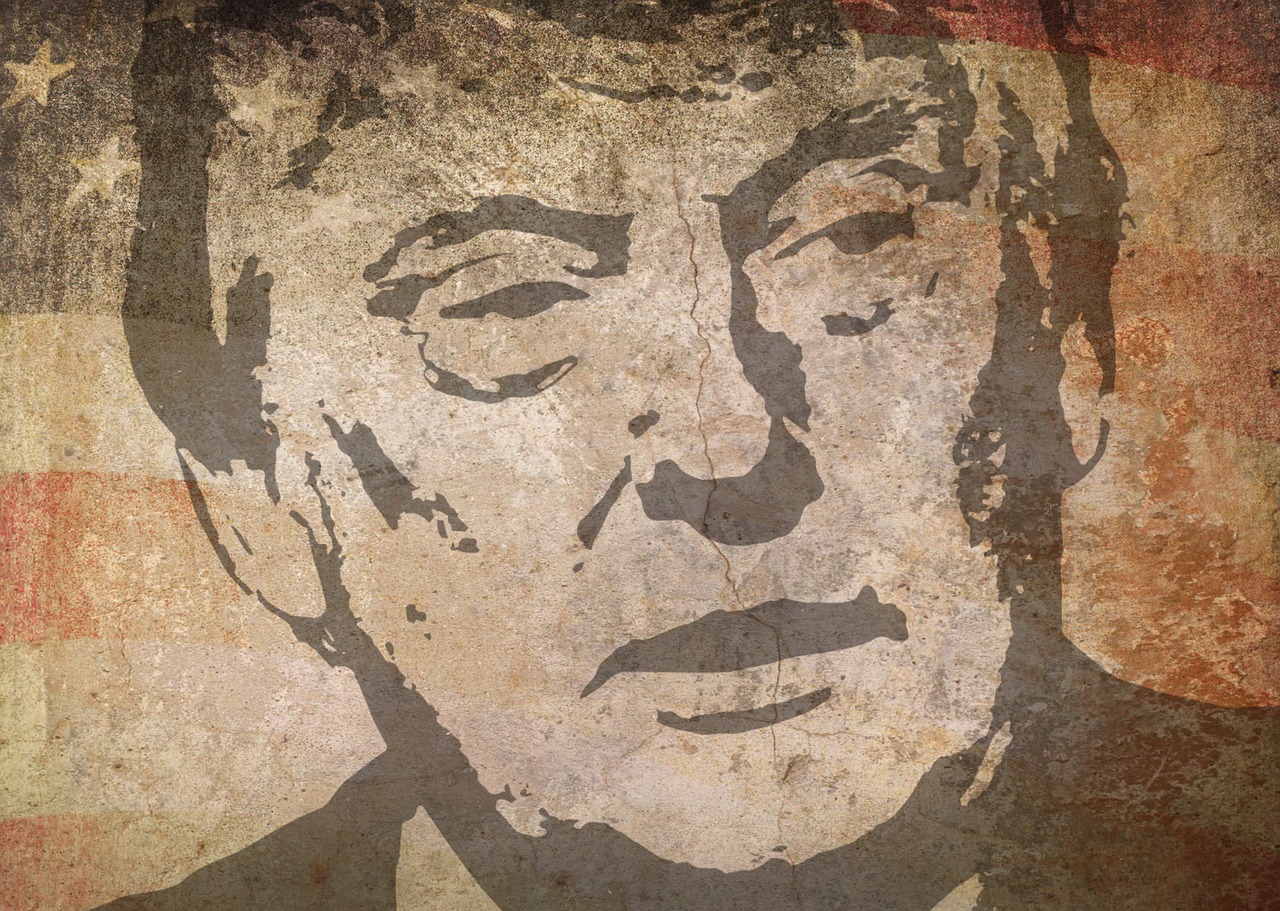As a result of the 2008 financial crisis, which we now call the Great Recession, a number of regulations were enacted to keep better tabs on banks and protect consumers from similar economic fallout in the future. Some of those policies included the Dodd-Frank Act, the Consumer Protection Act, and the emergency economic stimulus package commonly known as the Troubled Asset Relief Program (TARP).
However, since his election in 2016, current president of the United States Donald Trump has been rolling back some of these regulations. What policies has President Trump reversed since his election, and what were his reasons for the changes?
The Economic Implications of Deregulation
President Trump has been on a deregulation streak throughout his presidency. He has called for rolling back many rules and regulations put into place during the Obama presidency dealing with everything from the environment to the financial sector. His focus on rolling back Dodd-Frank Act regulations seems intent on reviving the economy by loosening restrictions on banks.
Critics of financial regulation believe that the regulations will hurt revenue and profits at banks. This would then make the banks less likely to lend money, stalling economic and job growth throughout the United States. In particular, the deregulation is aimed at loosening regulations on smaller community banks, easing the burden on these companies that comes from ensuring compliance with so many regulatory requirements.
However, these deregulations could lead to banks and other financial institutions hiring fewer compliance personnel. Deregulation could also have an impact on the emerging regtech industry, which largely developed in response to an increase in regulations following the 2008 financial crisis.

The Dodd-Frank Act
Most of President Trump’s financial regulation changes have been aimed at the Dodd-Frank Act. This large and complex piece of legislation is designed to hold financial institutions to important standards in order to protect the consumer from predatory lending practices and perhaps another financial collapse.
The executive order President Trump signed that was aimed at the Dodd-Frank Act never explicitly mentions that legislation by name. However, its vague wording clearly refers to the financial regulation measures put in place by the Dodd-Frank Act.
In remarkably expansive language, Trump’s executive order identifies certain core principles valued by this administration regarding regulation. These include increasing the competitiveness of America’s companies and supporting American investors.
The order also hands over a large amount of authority to the Treasury, giving it the right to begin restructuring some of the major provisions found in the Dodd-Frank Act. It also instructs the Treasury’s secretary to review current laws and ensure they align with the goals of Trump’s administration.
Specific Dodd-Frank Regulatory Rollbacks
Among the changes the administration has pursued are rolling back capital requirements (raising them from $50 billion to $250 billion); removing stress test and living will requirements for smaller banks; allowing proprietary trading to increase and enabling unregulated dealing in derivatives; and essentially no longer regulating systemically significant nonbanks, like AIG and General Electric (GE).
Insurance giant AIG experienced no regulation of its financial division prior to the 2008 crash. Due to some of its irresponsible actions, it received a massive nearly $182 billion dollar bailout. With the removal of the Financial Stability Oversight Council’s regulation of AIG, similar events could unfold once again.
Critics argue that the relaxing of regulations the Trump administration is pursuing now is similar to that which occurred prior to the financial crisis in 2008. They believe Trump’s actions have the potential to cause a similar economic aftermath again. If big banks and other important nonbanks like AIG and General Electric are allowed to grow again, they say, we might be on track for a repeat of the 2008 crash.
The Fiduciary Rule
In addition to rolling back Dodd-Frank Act provisions, President Trump also signed a memorandum aimed at rolling back the fiduciary rule. The fiduciary rule is a regulation aimed at ensuring financial advisors and others overseeing someone’s financial assets practice fiduciary duty. This is the legal requirement for financial advisors to act in their customers’ best interests rather than their own.
This means the financial advisor must pursue investments and opportunities that produce the most returns for their client, rather than those that will increase their own potential profits. The memorandum aimed at the fiduciary rule asks the Labor Department to investigate whether or not the rule might negatively impact an investor’s ability to seek financial advice. If so, it gives the Labor Department the authority to rescind and then revise the rule.
Critics of the memorandum regarding the fiduciary rule argue that it is there as a basic protection measure to safeguard vulnerable clients from being taken advantage of by predatory brokers or advisors. Others argue that the rule opens up firms to a threat of lawsuits, resulting in increased costs that would then be passed on to the consumer. Regardless, many people still see these actions on the part of the president regarding the fiduciary rule and the Dodd-Frank Act as controversial and perhaps questionable.

